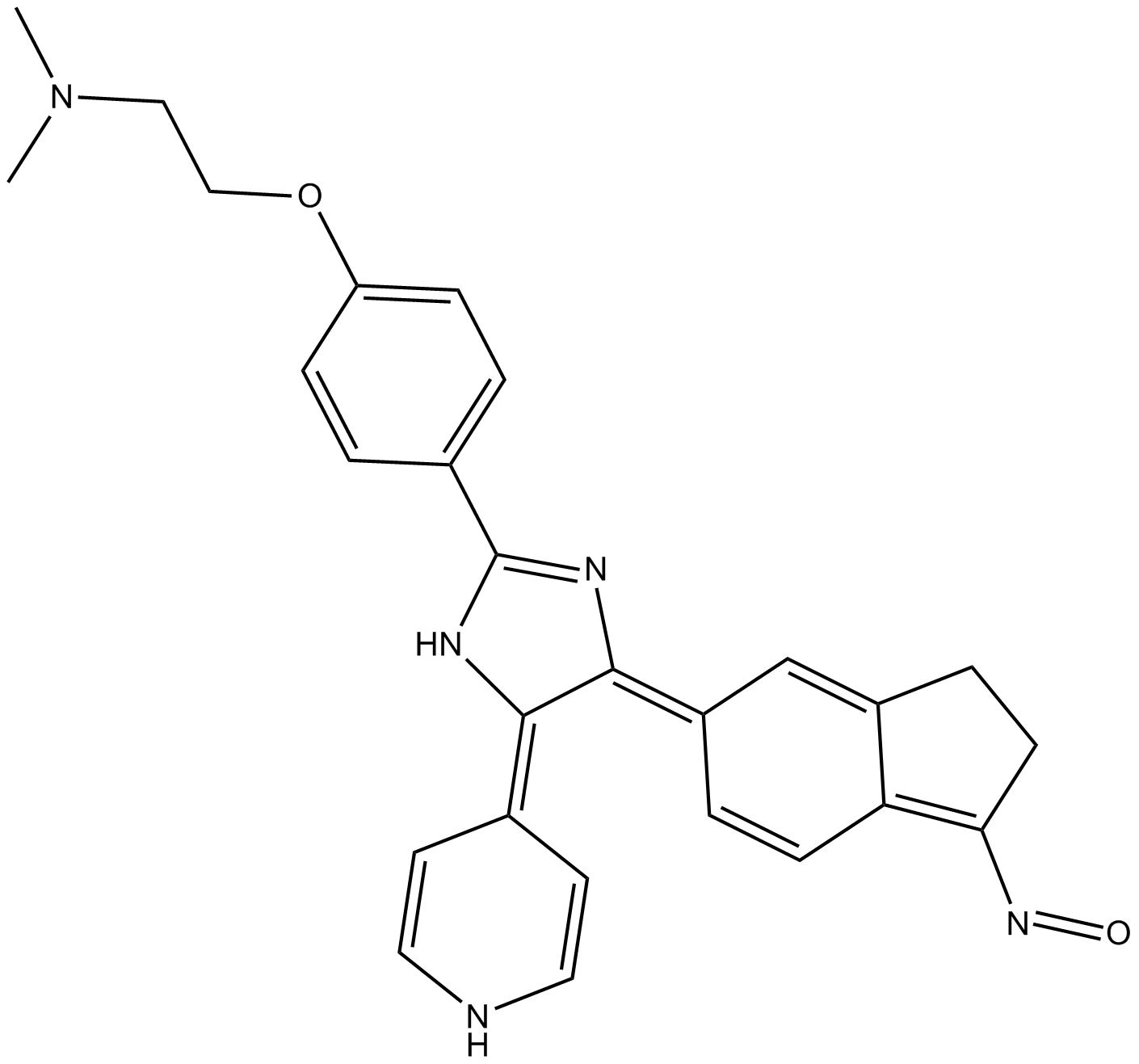Archives
Growth factors such as BMP
Growth factors such as BMP-4 initiate the commitment of pluripotent stem lp-pla2 to the mesodermal lineage (Winnier et al., 1995). It is not known how a single growth factor such as BMP-4 activates the extensive transcriptional program required for mesodermal commitment. Our finding that overexpression of Kdm4A and Kdm4C can supplant BMP-4 and bFGF stimulation, respectively, suggests that histone demethylation driven by KDM4A and KDM4C upregulates the gene expression of critical mesodermal and vascular lineage markers, including to FLK1 and VE-cadherin. We did not study whether KDM4A and KDM4C upregulation concomitantly suppresses the expression of pluripotency regulators and pathways mediating commitment to non-mesodermal lineages, but this is an important question that needs to be addressed in future studies. By identifying the epigenetic switches acting downstream of growth factors driving vascular differentiation, the present findings pave the way for novel epigenetic approaches to ensure highly efficient endothelial differentiation while minimizing the need for exogenous recombinant growth factors.
In contrast to the distinct roles of KDM4A and KDM4C in mediating the expression of Flk1 and VE-cadherin, we observed that neither histone demethylase was involved in mediating the expression of the transcription factor Er71. The epigenetic regulation of Er71 expression is not known, but it may involve other epigenetic mechanisms such as histone de-acetylation or DNA methylation (Park et al., 2013).
In summary, our results elucidate the role of KDM4A and KDM4C in regulating the differentiation of  mESCs to endothelial cells. KDM4A initiated differentiation by targeting the Flk1 promoter, whereas KDM4C specified endothelial cell fate by targeting the VE-cadherin promoter. Vasculogenesis in mice and zebrafish was also dependent on KDM4A and KDM4C. As histone demethylation in Flk1 and VE-cadherin promoters by KDM4A and KDM4C acted sequentially to induce the transition of ESCs to endothelial cells, our findings raise the intriguingly possibility of activating these histone demethylases to induce vascular endothelial differentiation and de novo vasculogenesis.
mESCs to endothelial cells. KDM4A initiated differentiation by targeting the Flk1 promoter, whereas KDM4C specified endothelial cell fate by targeting the VE-cadherin promoter. Vasculogenesis in mice and zebrafish was also dependent on KDM4A and KDM4C. As histone demethylation in Flk1 and VE-cadherin promoters by KDM4A and KDM4C acted sequentially to induce the transition of ESCs to endothelial cells, our findings raise the intriguingly possibility of activating these histone demethylases to induce vascular endothelial differentiation and de novo vasculogenesis.
Experimental Procedures
Author Contributions
Acknowledgments
Introduction
Stem cells offer enormous promise as a source of differentiated cells for curing human diseases. Although liver transplantation is curative for life-threatening metabolic liver disorders (Åberg et al., 2011), minimally invasive catheter infusion of isolated hepatocytes into the liver can partially correct metabolic liver diseases and can greatly reduce the risk of fatal complications (Fox et al., 1998; Lysy et al., 2008; Roy-Chowdhury et al., 2009; Fisher and Strom, 2006). Host conditioning regimens developed in our laboratories (Guha et al., 2002) allow the expansion of engrafted donor hepatocytes, leading to complete cures of animal models of metabolic liver diseases. This host conditioning strategy is now being tested in a clinical hepatocyte transplant trial (University of Pittsburgh, Institutional Review Board [IRB] number PRO09040497).
Clinical application of hepatocyte transplantation has been impeded by the scarcity of donor livers, which are prioritized for organ transplantation. Pioneering studies have shown that somatic cells can be reprogrammed into induced pluripotent stem cells (iPSCs) that resemble embryonic stem cells (ESCs) (Takahashi and Yamanaka, 2006; Yu et al., 2007). Recent successes in differentiating ESCs and iPSCs into hepatocyte-like cells (iHeps) (Basma et al., 2009; Lavon et al., 2004; Schwartz et al., 2005; Cai et al., 2007; Duan et al., 2010; Si-Tayeb et al., 2010; Song et al., 2009) has opened the possibility of using iPSCs as a renewable source of human and, possibly, autologous hepatocytes.
Although iPSCs at various stages of differentiation have been reported to engraft and improve the survival of mice with severe toxic injury of the liver, neither the cause of death from the toxic liver injury nor the correction of any specific liver function by the engrafted cells has been demonstrated (Liu et al., 2011). In this study, we examined the efficacy of transplanting human iHep cells into Gunn rats, a well characterized animal model of Crigler-Najjar syndrome 1 (CN1) (Roy-Chowdhury et al., 1991, 1993). CN1 is an autosomal recessive disorder in which genetic lesions of UGT1A1 cause life-long unconjugated hyperbilirubinemia because of a lack of uridinediphosphoglucuronate glucuronosyltransferase 1A1-mediated bilirubin glucuronidation by hepatocytes (Bosma et al., 1992). CN1 is lethal unless treated with life-long daily phototherapy to reduce bilirubin levels. Even with aggressive therapy, patients remain at risk of bilirubin encephalopathy and death. Liver transplantation is the only definitive therapy (Ozçay et al., 2009). Gunn rats are well characterized animal models of CN1, with genetic and metabolic abnormalities similar to CN1 patients.